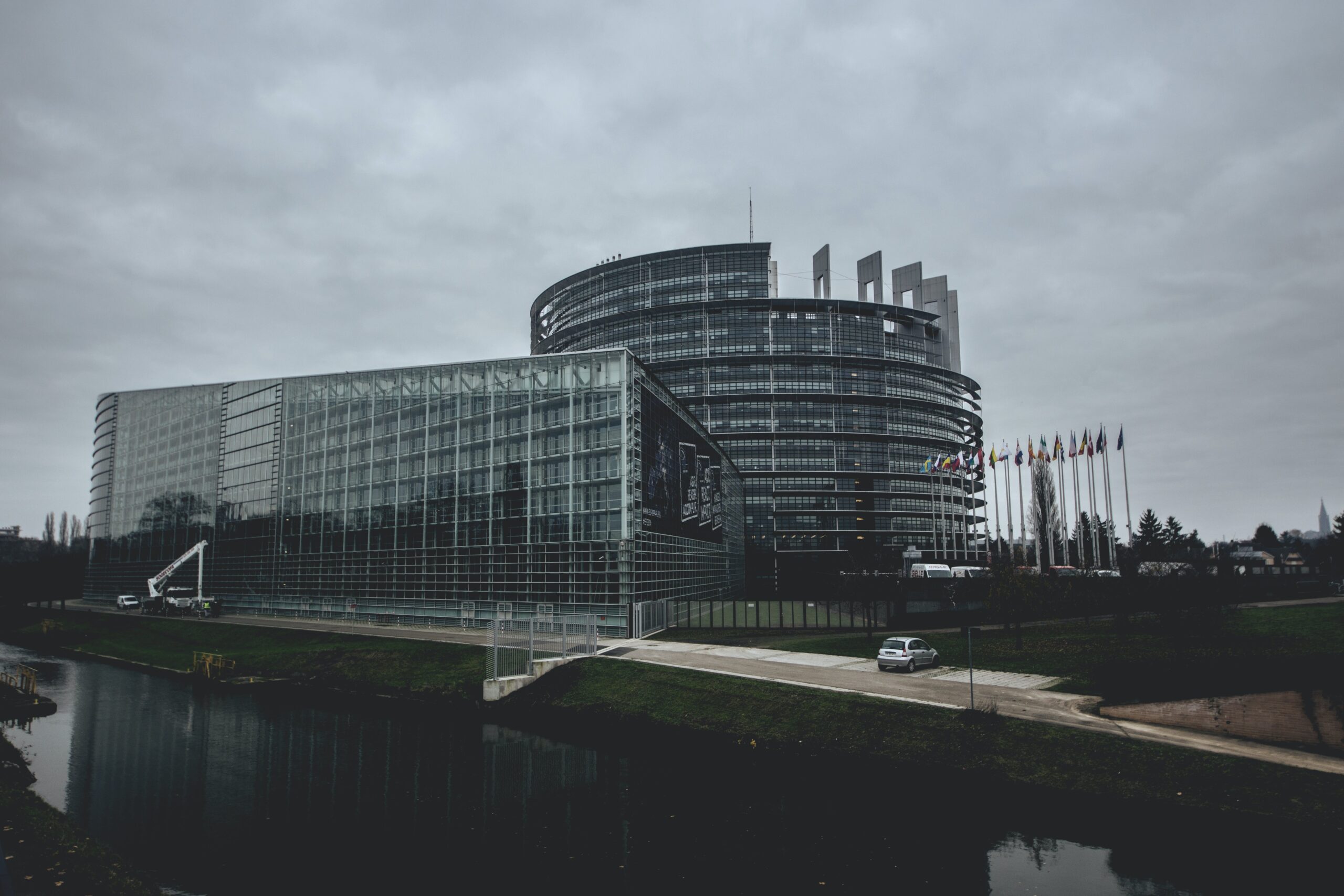The global fashion industry is causing significant damage to our planet, resulting in alarming levels of environmental harm. It’s staggering to learn that the fashion industry’s greenhouse gas emissions alone amount to a whopping 1.2 billion tonnes of CO2 annually, surpassing even the emissions from shipping and aviation combined, being the third most polluting industry in the whole world. This immense carbon footprint contributes significantly to climate change and its adverse effects.
Moreover, the detrimental impact of the fashion industry extends beyond environmental degradation. Poor countries bear the brunt of pollution and waste from manufacturing processes, as well as from the dumping of garments by companies. For instance, Ghana receives a staggering 15 million tonnes of textile waste from beyond its borders every single week. This dumping not only pollutes the environment but also strains local resources and communities.
Recycling for sustainability
To combat this environmental crisis, recycling emerges as a crucial component of fashion sustainability. Recycling not only alleviates the burden on waste-receiving countries but also conserves energy, water, and raw materials while creating employment opportunities. By embracing recycling initiatives, we can mitigate the environmental damage caused by the fashion industry and foster a more sustainable future.
Shifting consumer trends
Encouragingly, there is a growing trend, particularly among younger consumers, to reject fast fashion in favor of genuinely sustainable and green products. Research shows that 67% of respondents to a 2020 survey prefer clothes made of more sustainable materials, prioritizing quality and durability in product design. This shift in consumer preferences signals a promising step towards a more eco-conscious fashion industry.
Individuals can also contribute to sustainability in fashion by adopting mindful consumption habits. From purchasing pre-loved items to repairing and borrowing garments, there are numerous ways to make clothes last longer and reduce waste. Research suggests that limiting clothing purchases to just eight items per year can slash supply chain waste by 50% while opting for only three new items can reduce waste by a staggering 75%. Additionally, choosing brands with better environmental and social credentials further promotes sustainable practices in the fashion industry.
The need for transparency and accountability
However, the fashion industry’s reluctance to embrace transparency remains a significant obstacle to progress. Even a decade after the tragic Rana Plaza factory collapse, which exposed the dark realities of fast fashion, the industry continues to operate under a veil of secrecy. With over 100 billion clothes produced annually, many from ultra-cheap, disposable fashion brands, the true extent of the industry’s impact remains obscured. Furthermore, the exploitation of millions of workers, predominantly women, in hazardous conditions persists, underscoring the urgent need for systemic change.
In conclusion, as we confront the challenges posed by the fashion industry, it’s crucial to demand accountability and transparency from brands. By raising awareness, advocating for sustainable practices, and supporting ethical fashion initiatives, we can work together to create a fashion industry that prioritizes both people and the planet. Online platforms and tools like Gratitude Light help aggregate data to improve brand transparency and increase awareness of what more sustainable options are available to consumers. Only through collective action and conscious consumer choices can we drive meaningful change and pave the way for a more sustainable future.



